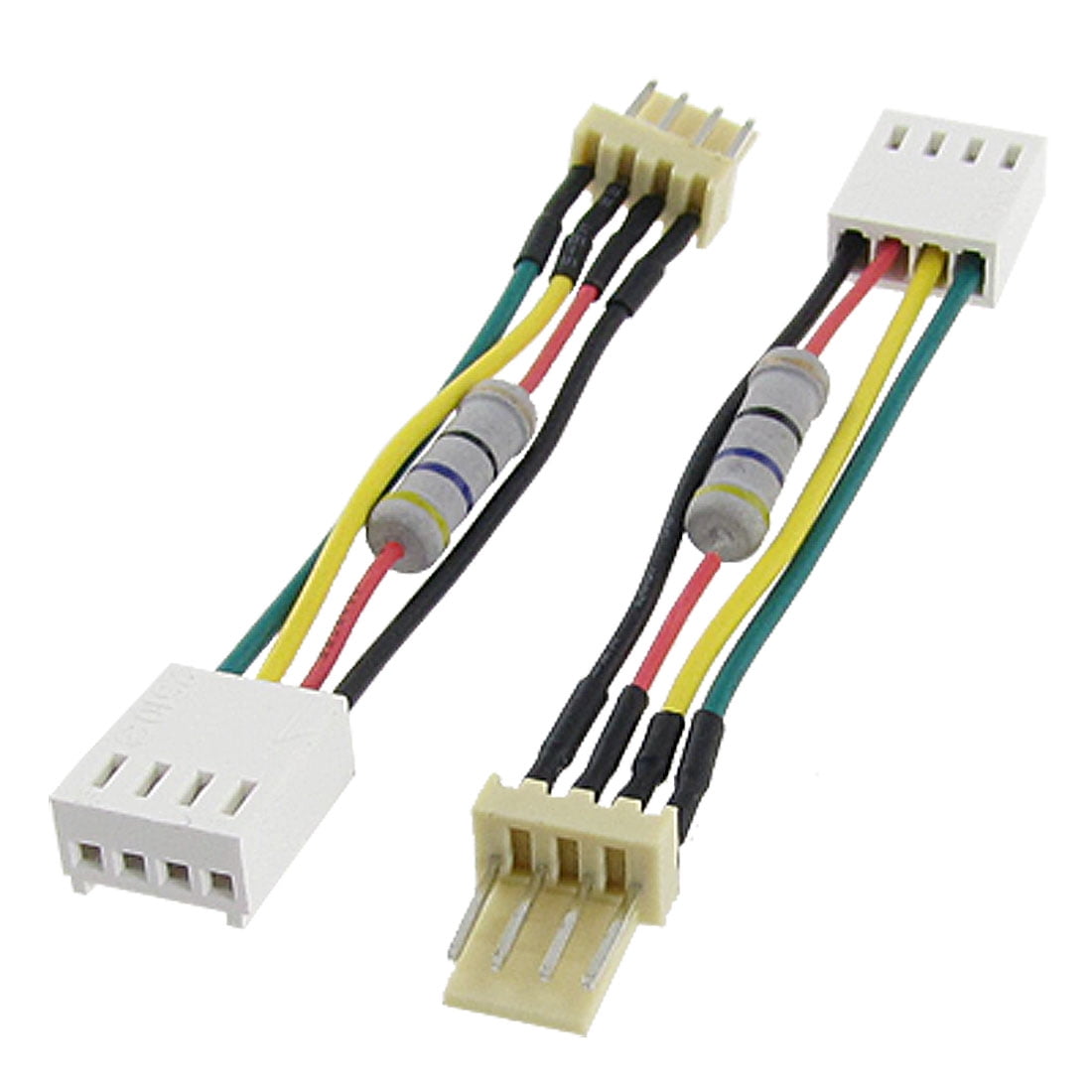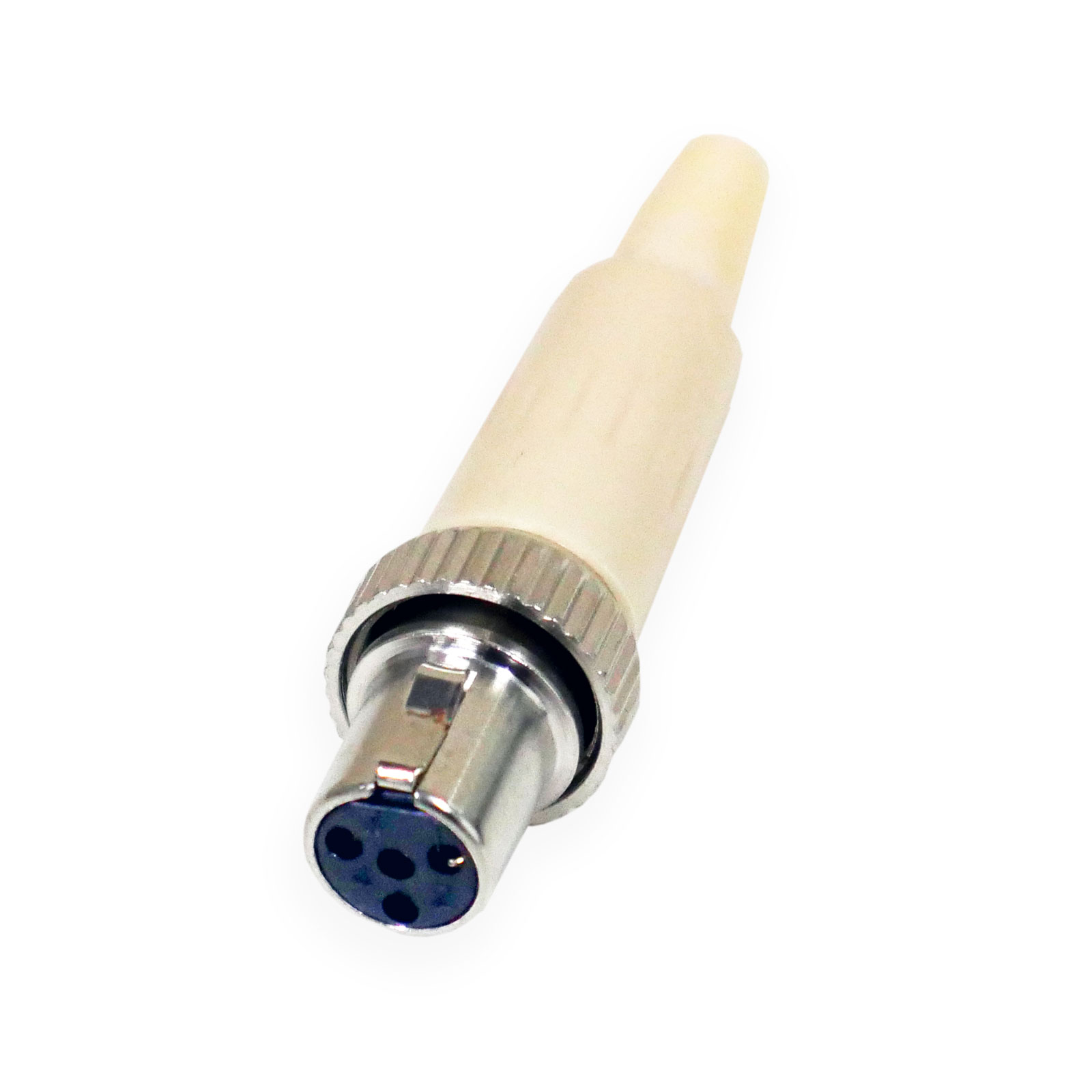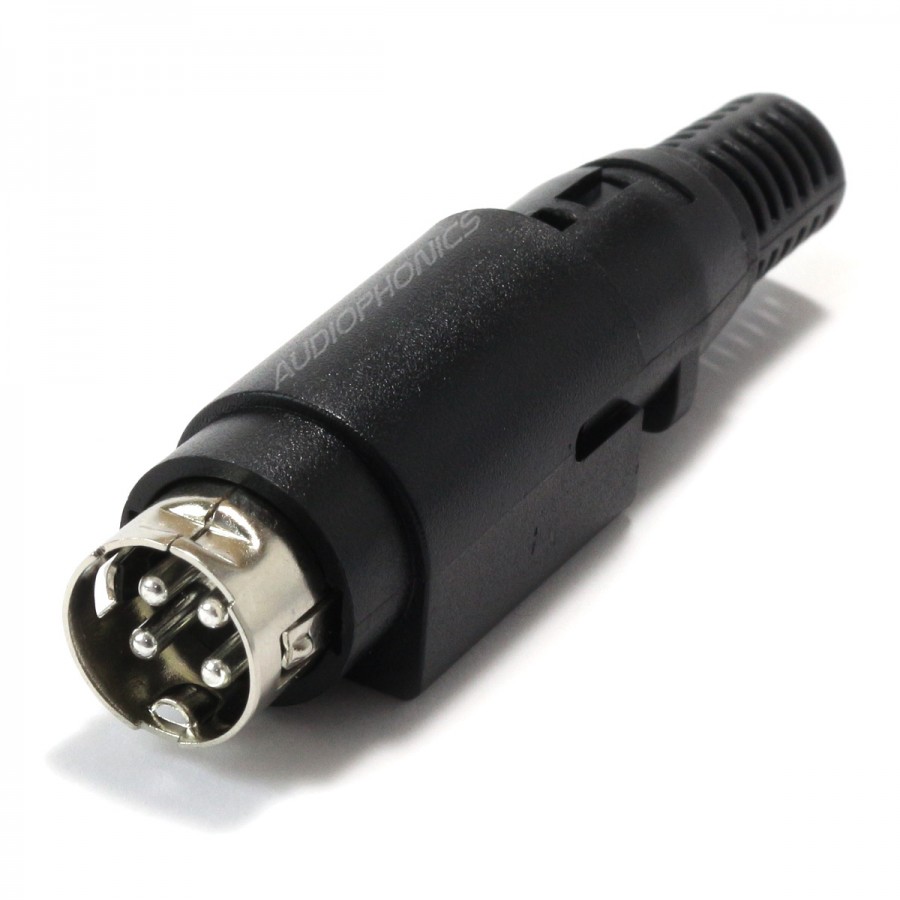

These supplied +5V, +12V, −5V, −12V, "power-good signal", and ground. Older, AT motherboards utilized two connectors, commonly referred to as "P8" and "P9" that were positioned directly next to each other. Power on is internally driven high, and shorting this pin to ground will turn on the power supply.ĪT motherboard power connector (P8 & P9 connector, Molex 90331) Power good goes high to indicate that voltages are stabilised and ready for use. ^ Formerly −5 V ( white wire), absent in modern power supplies it was optional in ATX and ATX12V v1.2 and deleted since v1.3.^ A control signal that is low when other outputs have not yet reached, or are about to leave, correct voltages.^ A control signal that is pulled up to +5 V by the PSU and must be driven low to turn on the PSU.^ Supplies +3.3 V power and also has a second low-current wire for remote sensing.^ In the 20-pin connector, pins 13–22 are numbered 11–20 respectively.^ a b Light-green background denotes the pins present only in the 24-pin connector.^ a b Light-blue background denotes control signals.They lock into position using an integrated latch.

These connectors are polarized so that they usually cannot be inserted incorrectly. can also be found in other consumer and industrial electric devices, such as major appliances, with high circuit density and high current requirements.
#4 pin connector Pc
Power delivery to these devices has increased in successive generations of PC components, as their higher signal sophistication and speed requirements have raised their electrical demands. The same style of connector, in single or paired 4-, 6-, or 8-pin configurations, may be used for additional CPU power and graphics card power. connector may be used on ATX motherboards as the main power connector. In 20/24-pin configurations, the Mini-Fit Jr. Molex has since discontinued the 8981 series, but the original Mate-n-Lok connectors remain available from TE Connectivity.
#4 pin connector series
The Molex 8981 series was only produced in a 4 position option, unlike the Mate-n-Lok family which includes many other contact arrangements. In 1983, Molex introduced the 8981 connector under the trademark Disk Drive Power Connection System, which was fully compatible with the AMP Mate-n-Lok connector.

This connector became the standard for 5.25-inch format peripherals such as hard drives and was used until introduction of SATA drives. The first 5.25-inch floppy disk drive, the Shugart SA400, introduced in August 1976, used the AMP Mate-n-Lok connector part number 350211-1. Both were widely used in the computer industry and the term "Molex connector" is often inaccurately used to refer to all nylon plugs and receptacles. The AMP connector was similar to the patented Molex connectors but not interchangeable. In October 1963, AMP (now TE Connectivity) introduced the Mate-n-Lok connector. Molex Disk Drive Power Connection System tool and connectors Because the pins have a large contact surface area and fit tightly, these connectors are typically used for power. The 1.57 mm pin can carry 5 A of current, while the 2.36 mm can carry 8.5 A. Pins and sockets can be arranged in any combination in a single housing, and each housing can be either male or female. The connector typically has 2 to 24 contacts and is polarized or keyed to ensure correct orientation. The pins and sockets are held in a rectangular matrix in a nylon shell. In such a connector, cylindrical spring-metal pins fit into cylindrical spring-metal sockets. First used in home appliances, other industries soon began designing it into their products from automobiles to vending machines to minicomputers. Molex developed and patented the first examples of this connector style in the late 1950s and early 1960s. Pioneered by Molex Connector Company, the two-piece design became an early electronic standard. Molex connector is the vernacular term for a two-piece pin and socket interconnection. AMP Mate-n-Lok and Molex Standard 0.093-inch pin and socket power connectors


 0 kommentar(er)
0 kommentar(er)
